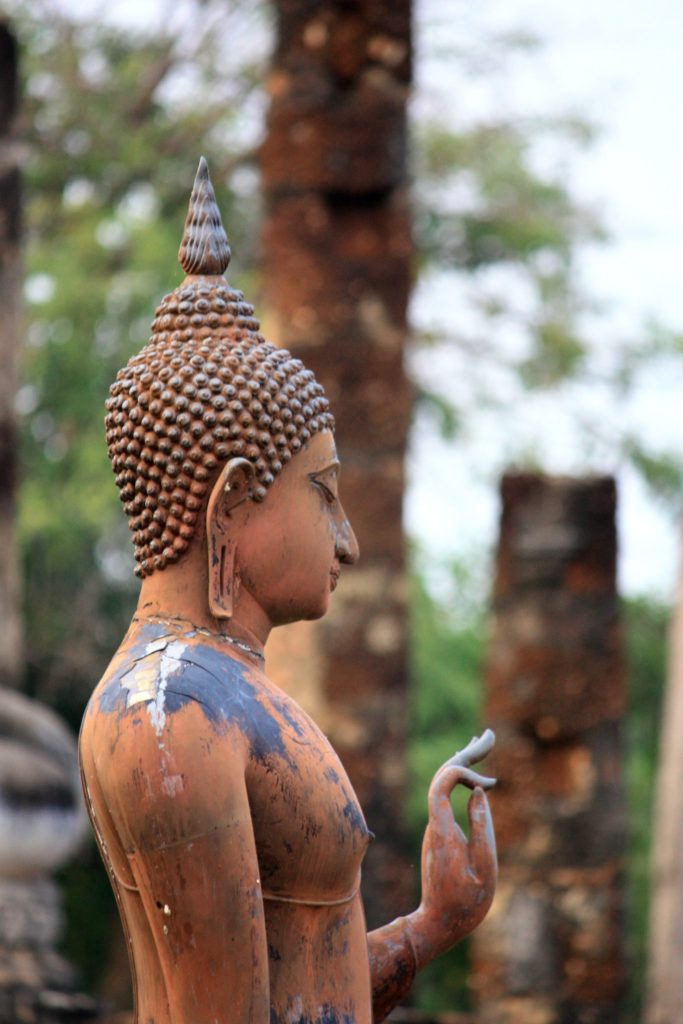
Buddhists generally classify themselves as either Theravada or Mahayana. This classification is also used by some scholars and is the one ordinarily used in the English language. An alternative scheme used by some scholars divides Buddhism into the following three traditions or geographical or cultural areas: Theravada, East Asian Buddhism and Tibetan Buddhism.
Some scholars use other schemes. Buddhists themselves have a variety of other schemes. Hinayana (literally “lesser or inferior vehicle”) is used by Mahayana followers to name the family of early philosophical schools and traditions from which contemporary Theravada emerged, but as the Hinayana term is considered derogatory, a variety of other terms are used instead, including Śrāvakayāna, Nikaya Buddhism, early Buddhist schools, sectarian Buddhism and conservative Buddhism.

Not all traditions of Buddhism share the same philosophical outlook or treat the same concepts as central. Each tradition, however, does have its own core concepts, and some comparisons can be drawn between them:
- Both Theravada and Mahayana traditions accept the Buddha as the founder, Theravada considers him unique, but Mahayana considers him one of many Buddhas
- Both accept the Middle Way, dependent origination, the Four Noble Truths, the Noble Eightfold Path and the three marks of existence
- Nirvana is attainable by the monks in Theravada tradition, while Mahayana considers it broadly attainable; Arhat state is aimed for in the Theravada, while Buddhahood is aimed for in the Mahayana
- The religious practice consists of meditation for monks and prayer for laypersons in Theravada, while Mahayana includes prayer, chanting, and meditation for both
- Theravada has been a more rationalist, historical form of Buddhism; while Mahayana has included more rituals, mysticism and worldly flexibility in its scope.
